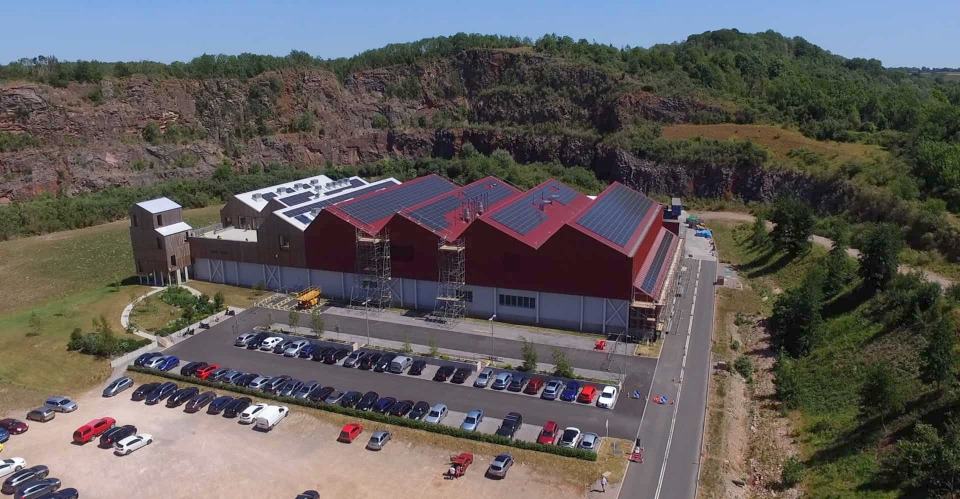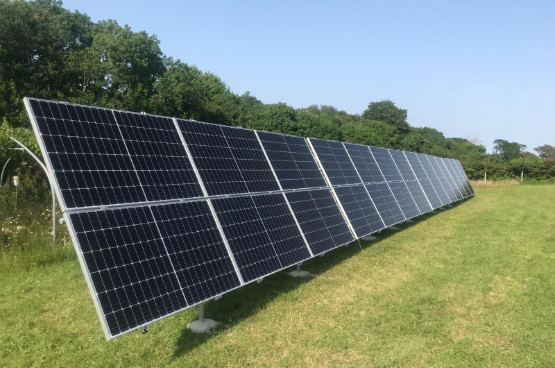SunGift PV specialist Joe Perry explains why systems bigger than 4kW are often much better
During a typical week at work I visit a wide variety of people. These vary from young professional couples eager to gain an additional income from the Feed-in Tariff (FiT) through to families who are looking for security against ever-increasing electricity costs and “Eco-warrior” pensioners who want nothing more than to save the planet and “stick it to the man” by generating their own ‘green’ electricity. Bearing this diversity in mind, it is perhaps a little surprising that when I ask “What size of system would you like to try and achieve?”, nine times out of ten I get the reply of: “Well…4kWp…obviously.”
Now, I’m sure that everyone who looks into PV for their home is fully aware of the Feed-in Tariff and how it is banded; in fact I’d be surprised if this wasn’t the main reason behind their interest. What does surprise me is that householders and installers alike seem to think that for domestic projects 4 kWp is the limit. This is simply not the case.
For those that are not aware of how the FiT operates; it is essentially comprised of two parts (excluding the savings you make for not purchasing electricity from the grid), a generation tariff and an export tariff. It is the generation tariff that is particularly important in this case. Currently, the owner of a system sized between 0-4kWp would receive 14.9p/kWh that is produced by the system. For systems above 4kWp and up to 10kWp this is reduced to 13.5p. It is this reduction of incentive that I believe has swayed public opinion to discounting systems above 4kWp.
Of course, in a number of situations, not exceeding the 4kWp level is the most appropriate installation for the customer. Clearly adding, say an additional 250 watt module to a 4kWp array may not work out financially, as the benefit gained by the extra energy produced is outweighed by the generation tariff reducing to 13.5p/kWh for the total amount produced by the system, not just the amount over 4 kWp.
There is also the ‘G83 application’ to consider. This is where where any system capable of putting more than 3.68kW back onto the grid needs to be approved by the electrical network operator. This application will result in two responses; either you can continue with the installation above the 3.68 kW limit or certain upgrades must be made to the network before proceeding.
Should the application be successful or the upgrade costs relatively low, it then becomes a question of economy of scale. Much of the costs in photovoltaic systems are not pro rata: it does not cost 50% more for an inverter capable of managing a 6 kWp system than it does for one that is designed for a 4kWp input; scaffolding costs would be fairly similar depending upon the layout (if it’s just a case of having two rows of ten panels instead of eight, scaffolding may not change at all); and again labour is not directly linked to system size.
20% higher yield from a 5 kWp system
This is in contrast to PV systems where, broadly speaking, a 5 kWp array will provide you with a 20% higher yield than a 4kWp system. This is demonstrated using industry-specific software where a recent installation we completed in Kent was simulated to produce 3,131kWh annually if a 4 kWp system was installed or 3,963kWh if it was increased to 5 kWp.
Financial benefits increase as PV system size grows
It then becomes a question of cost; if you can get a system that is 20% more productive for less than a 20% increase in cost it starts to become appealing. Yes you would receive a generation tariff of 10% less for every unit but when you are producing more of those units as a whole the finances start to add up. Take our friend in Kent:
4kWp System |
5kWp System | |||
Annual PV Generation |
3131kWh |
Annual PV Generation |
3963kWh |
|
Feed-in-Tariff Rate |
14.9p / kWh |
Feed-in-Tariff Rate |
13.5p / kWh |
|
Annual FIT Earnings |
£466.52 |
Annual FIT Earnings |
£535.01 |
Of course this is not the only financial benefit; with a larger system your export would increase along with your savings .Throughout the day a larger system will constantly produce more electricity than that of its smaller counterpart; when you are exporting to the grid you will have more to sell back and when you have a high electrical demand on site more of it will be fulfilled by the PV. The benefits of these larger system are maximised if you are a particularly high user of electricity and would still need to purchase electricity from the grid, topping up the PV when fulfilling your demand.
An idea often overlooked by installers is that you are on occasion able to install a 16A limited inverter on system larger than 4kWp, depending of course on the electrical parameters. Installing such a limited inverter on a larger system may, at face value appear to not make sense. At first glance it would seem that if you were to install 4.5kWp worth of panels then you would be missing out on some potential electricity as the max AC output is limited to 3.68kW. It is undeniable that at peak performance of the system any excess power produced above 3.68kW will be wasted.However the frequency of the system performing at its peak is few and far between simply down to the fact that we do not live in perfect test conditions.
As well as the obvious benefits of a larger system, the inverter will benefit as well.Inverters have operating efficiency ranges; wherethey convert DC electricity into AC at varying efficiency rates based upon the DC input voltage. In the case of these “oversized” systems they tend to sit in the higher efficiency range of the inverter as they provide more voltage at DC level compared to a smaller system. This essentially means that larger systems work more efficiently, for a longer period of time; which in turn produces more electricity.
As technology advances it becomes even more attractive to consider larger systems. The UK solar industry is very fixated on 250W modules, but as R&D keeps pushing efficiencies higher, these modules, that so neatly fit into the 4kWp FIT bracket, are now becoming scarcer with the average module output now sitting at 260W, and going right up to 327W with the same surface area. So you are now able to get a lot more energy from the same amount of space.
These advancements are of course beneficial to all system sizes and mean that where you could previously fit 4kWp you may now be able to fit a larger system that offers a more appealing solution; both in terms of energy production and financial model.
Ultimately the viability of a system is going to be dictated by a number of things that I haven’t discussed here such as; available roof space, shading levels and budget, but that’s not the point of this blog. If the circumstances are right and you’ve got the money available, investing in a larger system may well provide you with higher financial returns and more energy as well as helping the planet that little bit more.

 Solar PV Contractor of the Year 2024
Solar PV Contractor of the Year 2024
